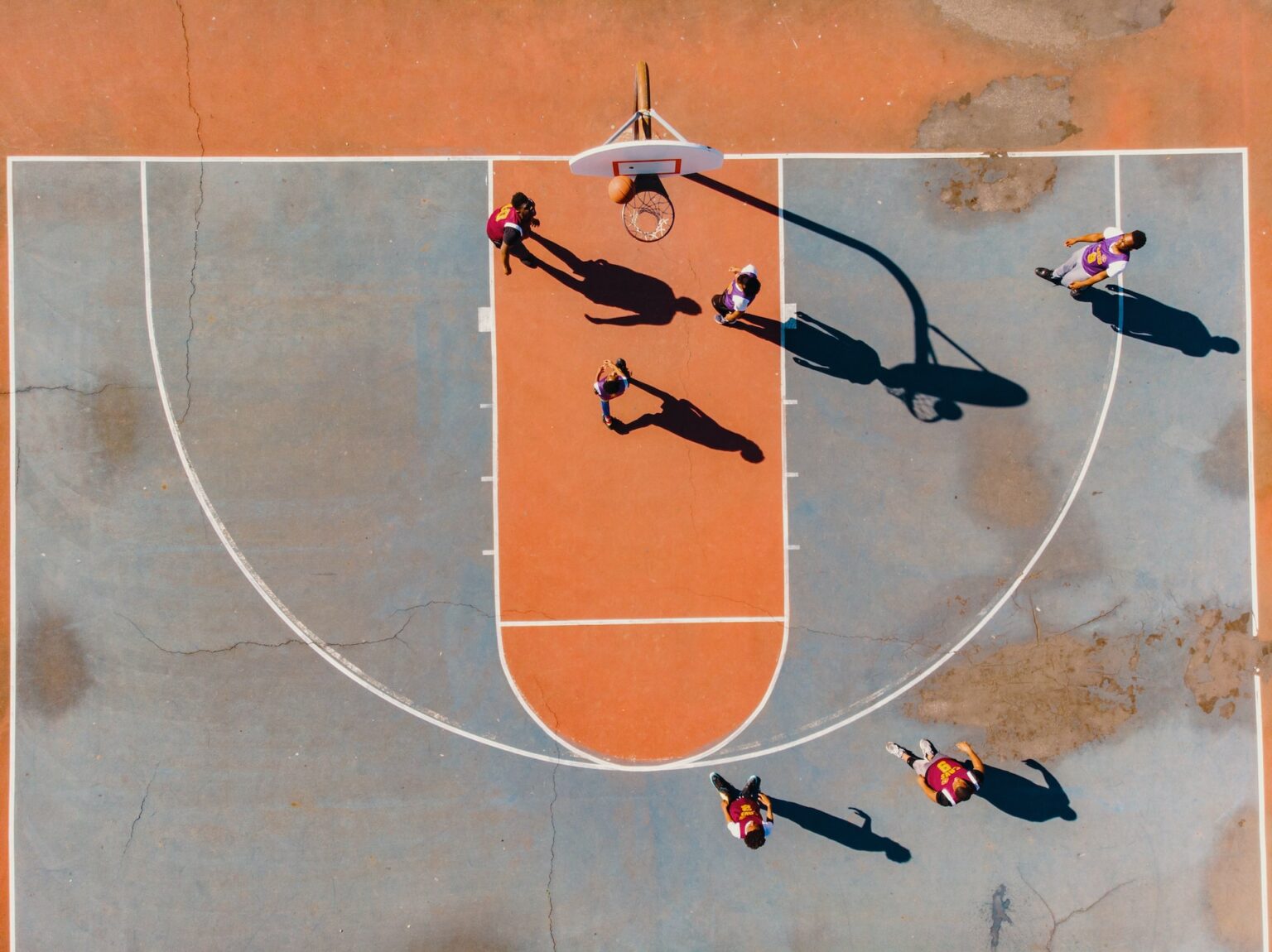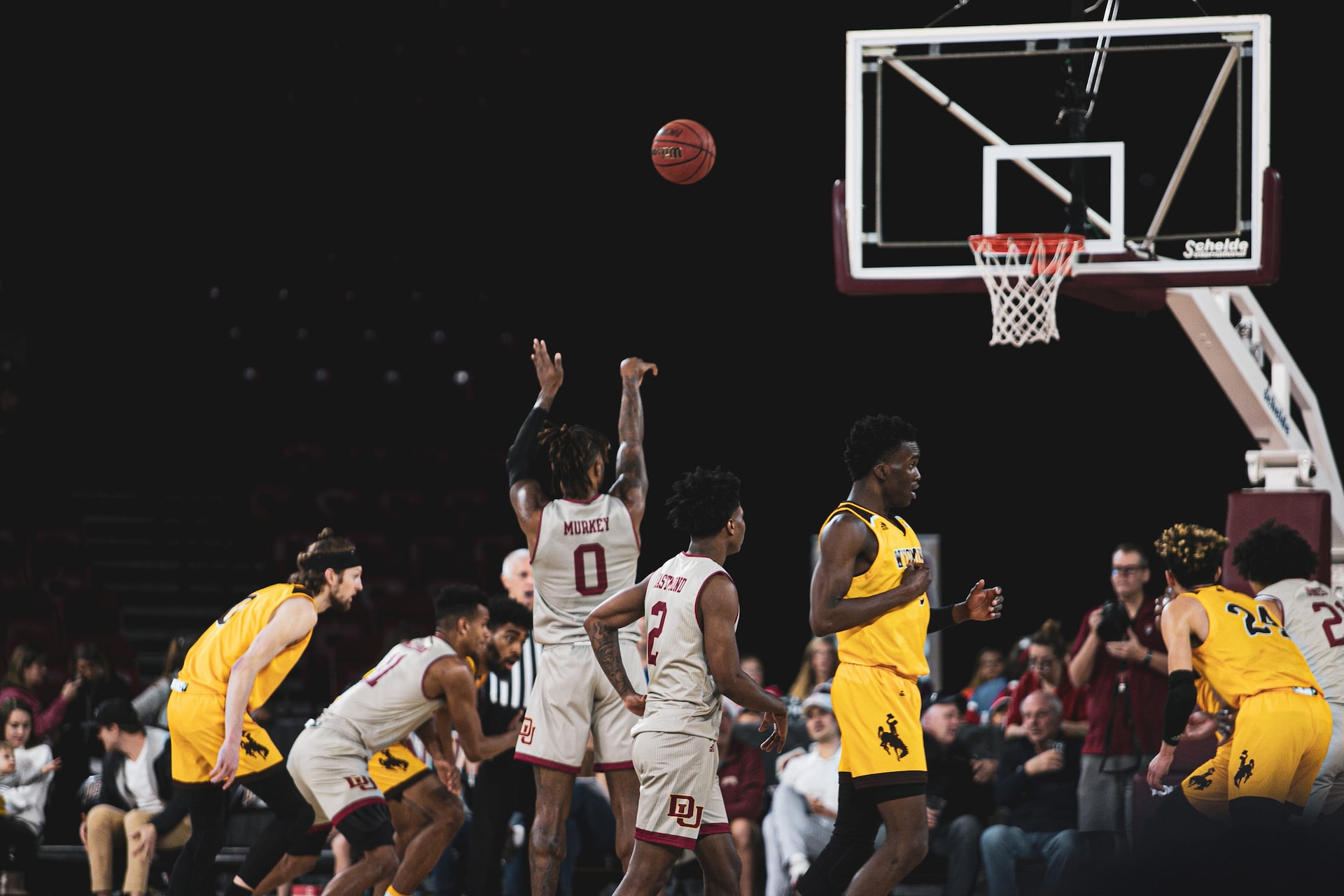3 Second Violation: The Game-Changing Rule In Basketball You Need To Know
Listen up, ballers and hoop enthusiasts! If you're into basketball, you've probably heard about the 3 second violation. It's one of those rules that can make or break a game. Whether you're a casual fan or a die-hard player, understanding this rule is crucial. It's not just about staying on the court; it's about mastering the game. So, let's dive deep into what the 3 second violation is all about and why it matters.
Picture this: you're guarding the paint, trying to block your opponent's every move. Suddenly, the ref blows the whistle and points at you. What did you do wrong? Enter the 3 second violation. This rule isn't just some random guideline; it's a game-changer that keeps the game flowing and fair. Let's explore why it's so important and how it impacts the game.
Now, you might be wondering, "Why should I care about the 3 second violation?" Well, my friend, whether you're playing in a high school gym or on the NBA court, this rule affects everyone. It ensures that the game remains dynamic and prevents teams from camping out in the key. So, buckle up, because we're about to break it all down for you!
- Sabrina Carpenter Nude Pictures Debunking Myths And Understanding The Real Story
- Sabrina Banks Onlyfans The Ultimate Guide To Her Content Journey And More
What Exactly is the 3 Second Violation?
Let's get into the nitty-gritty. The 3 second violation is a rule in basketball that limits the amount of time a player can spend in the key, also known as the free-throw lane. If a player stays in the key for more than three seconds while the ball is in the frontcourt, it's a violation. This rule applies to both offensive and defensive players, and it's one of those things that can catch you off guard if you're not paying attention.
Here's the deal: the rule was introduced to prevent players from camping out under the basket and creating an unfair advantage. By limiting the time players can spend in the key, the game stays fast-paced and exciting. It forces players to move around, creating more opportunities for plays and keeping the defense on their toes.
Why is the 3 Second Violation Important?
Imagine a game where players could just hang out in the key for as long as they wanted. Sounds like a recipe for disaster, right? The 3 second violation is crucial because it promotes fair play and keeps the game moving. It prevents dominant players from taking over the paint and ensures that everyone has a chance to shine.
- Fantasia Barrino Divorce 2024 A Closer Look At The Drama Truth And Whatrsquos Next
- Samxfrank Leaks The Inside Scoop You Need To Know
Moreover, this rule encourages skill development. Players can't rely solely on their size or strength to dominate the game. They need to work on their footwork, agility, and strategy. It's all about creating a balanced and exciting game that keeps fans on the edge of their seats.
History of the 3 Second Violation
Let's take a trip down memory lane. The 3 second violation was first introduced in 1936, and it has been a staple of basketball ever since. Back in the day, players would often camp out in the key, leading to a lot of physical play and not-so-exciting games. The rule was created to address these issues and bring more excitement to the sport.
Over the years, the rule has evolved slightly, but its core purpose remains the same. It's all about maintaining a fair and dynamic game. Today, the 3 second violation is a fundamental part of basketball, and players at all levels need to be aware of it.
How the Rule Works
Alright, let's break it down. The 3 second violation applies when the ball is in the frontcourt, and a player is in the key for more than three seconds. The key is the area between the free-throw line and the baseline. If a player steps out of the key and then back in, the count resets. However, if they stay in the key for more than three seconds, it's a violation.
There are a few exceptions to the rule. For example, if a player is actively guarding an opponent, they can stay in the key for more than three seconds. Additionally, if a player is in the act of shooting, the three-second count is suspended. These nuances make the rule a bit tricky, but they're essential for keeping the game fair.
Common Misconceptions About the Rule
There are a few myths floating around about the 3 second violation. Some people think it only applies to offensive players, but that's not true. Both offensive and defensive players are subject to the rule. Another misconception is that the count resets every time a player moves their feet. In reality, the count only resets if the player steps completely out of the key.
Understanding these misconceptions is key to mastering the rule. Whether you're a player or a coach, knowing the ins and outs of the 3 second violation can make a huge difference in your game.
Impact on the Game
The 3 second violation has a significant impact on how basketball is played. It forces players to be more creative and strategic in their movements. Instead of just standing in the key, players need to think about how they can create space and opportunities for their teammates. This leads to more dynamic plays and a more exciting game overall.
For coaches, the rule means they need to focus on developing players' skills and strategies. They can't rely on brute force or size alone. Instead, they need to teach their players how to move effectively and make the most of every second on the court.
How to Avoid the 3 Second Violation
So, how do you avoid getting called for a 3 second violation? It's all about awareness and footwork. Players need to be mindful of where they are on the court and how long they've been in the key. Developing quick footwork and staying on the move can help players avoid this common mistake.
Here are a few tips to help you stay out of trouble:
- Keep moving! Don't stay stationary in the key for too long.
- Step out of the key and reset the count when necessary.
- Work on your footwork to create space and opportunities.
- Communicate with your teammates to ensure everyone is aware of their positioning.
Drills to Improve Your Awareness
Practicing specific drills can help players improve their awareness and avoid the 3 second violation. One effective drill is the "key shuffle," where players practice moving in and out of the key while maintaining awareness of the three-second count. Another drill involves practicing different moves and cuts to create space and opportunities.
By incorporating these drills into their practice routine, players can become more proficient at avoiding the 3 second violation and improving their overall game.
Famous 3 Second Violation Moments in Basketball History
There have been some memorable moments in basketball history where the 3 second violation played a key role. One notable example is the 2002 NBA Finals, where the Los Angeles Lakers were called for multiple 3 second violations, costing them crucial possessions. Another famous moment occurred during a college game when a player was called for a 3 second violation just seconds before the buzzer, resulting in a heartbreaking loss.
These moments highlight the importance of understanding and respecting the 3 second violation. It's not just a minor rule; it can have a major impact on the outcome of a game.
How the Rule is Enforced
Enforcement of the 3 second violation is the responsibility of the referees. They use their judgment to determine whether a player has violated the rule. While technology like stopwatches and video reviews can assist, the final call is always up to the refs.
Players need to respect the referees' calls, even if they don't always agree. Disputing a call can lead to further penalties, so it's best to focus on the game and move on.
Future of the 3 Second Violation
As basketball continues to evolve, so too may the 3 second violation. There have been discussions about adjusting the rule to better fit the modern game. Some suggest increasing the time limit to five seconds, while others propose more lenient enforcement. Whatever changes may come, one thing is certain: the 3 second violation will remain a vital part of the game.
For now, players and coaches need to focus on mastering the rule as it stands. By doing so, they can ensure their teams are prepared for whatever the future holds.
Conclusion
In conclusion, the 3 second violation is a crucial rule in basketball that promotes fair play and keeps the game exciting. Whether you're a player, coach, or fan, understanding this rule is essential. By avoiding the violation and respecting its enforcement, you can contribute to a more dynamic and enjoyable game.
So, what are you waiting for? Get out there and practice those moves! And don't forget to share this article with your friends and teammates. Together, we can all become better players and fans of the game. Now, go out there and make those three seconds count!
Table of Contents
- What Exactly is the 3 Second Violation?
- Why is the 3 Second Violation Important?
- History of the 3 Second Violation
- How the Rule Works
- Common Misconceptions About the Rule
- Impact on the Game
- How to Avoid the 3 Second Violation
- Drills to Improve Your Awareness
- Famous 3 Second Violation Moments in Basketball History
- How the Rule is Enforced
- Future of the 3 Second Violation



Detail Author:
- Name : Alana Hoeger
- Username : karson.hirthe
- Email : xsenger@hotmail.com
- Birthdate : 1978-07-07
- Address : 2324 Lewis Street Harrisborough, DE 39781-1742
- Phone : +1 (502) 906-6674
- Company : Kris-Wintheiser
- Job : Physician
- Bio : Nam animi ad sapiente est. Dolorem sed ipsum ipsa quo ipsum. Harum iusto sit molestiae esse laudantium esse beatae non. Voluptatem illum occaecati debitis quam.
Socials
linkedin:
- url : https://linkedin.com/in/nigel_real
- username : nigel_real
- bio : Iusto ut ducimus ut occaecati quia.
- followers : 2554
- following : 2631
facebook:
- url : https://facebook.com/runten
- username : runten
- bio : Eaque perferendis et ut voluptatem eos consequatur eum.
- followers : 2246
- following : 2914